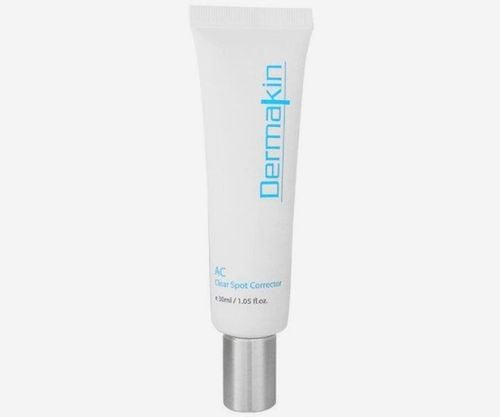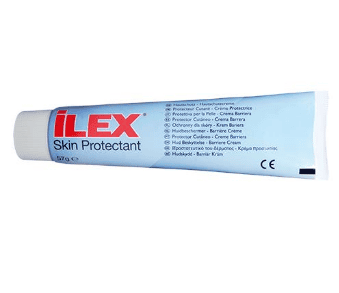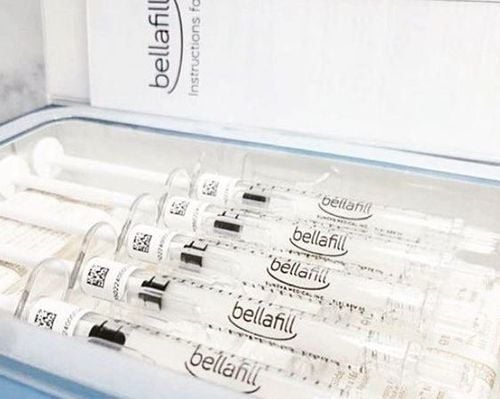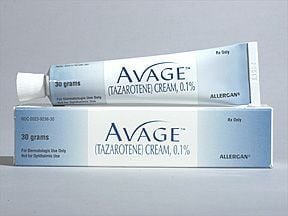This is an automatically translated article.
Wrinkles and sagging or wrinkly skin appear as your body ages. The skin loses its ability to produce elastin and collagen, which contribute to its elasticity and firmness. In recent years, experts have used a number of non-surgical procedures that have been developed to help tighten the skin on your face or other places on your body using radiofrequency, ultrasound. and lasers. The article will provide more information related to skin care.
1. Skin tightening therapy
Non-surgical skin tightening procedures are cosmetic treatments to change the appearance of your face. These procedures are much less invasive than surgical methods, such as a lift, and they have less risk of complications, are less expensive, and the recovery process is simple. These treatments are based on newer technologies. That means a lot of research is still needed to understand the effectiveness and possible long-term side effects of these methods.
2. Types of skin tightening therapy
New born skin is rich in proteins including elastin and collagen. These proteins provide structure and elasticity to your skin. As you age, the body's production of these proteins slows down and leads to skin starting to lose elasticity and sag.
Due to the force of gravity, along with exposure to pollution, stress and the hundreds of movements that facial muscles perform every day, your skin may start to stretch or conversely it may sag. In addition, there are other factors, such as pregnancy and weight loss, that also contribute to stretch marks and sagging skin.
Non-surgical skin tightening treatments will target areas of loose skin and will stimulate collagen production underneath that area. The two main types of treatment are:
Skin tightening procedures in medical facilities Using home tightening devices 2.1. Clinic tightening procedures Using Thermalift radio frequency, Thermage and Exilis Thermalift - the first to use the concept of "waking up" or restoring lost collagen. Thermalift uses a device to apply controlled radio waves to the area of skin you want to tighten. The procedure is performed with or without the use of local anesthetic, and requires no recovery time.
Thermage requires short-term treatment, in just one course of treatment. Other types of radiofrequency treatment procedures often require multiple treatments to see results. Whether you have one or more treatments, full visible results will take about 4 months after that.
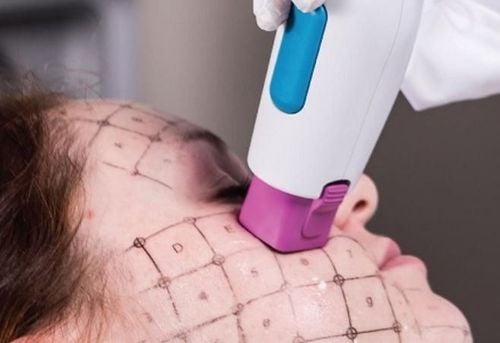
Sử dụng công nghệ Thermage có giúp săn chắc da hơn
High intensity pulsed light or radio frequency Velashape Velashape - a device used to target and shrink fat cells. It uses a hand-held device to send infrared waves into the layers of the skin to break down fat deposits. The intense pulsed light treatment procedure does not require anesthesia.
Laser,- hand-held lasers transfer heat deep into the skin, destroying the epidermis to reach the dermis below. Laser treatments have been shown to be particularly effective in tightening the skin on the abdomen and biceps.
2.2. At-home devices Ultrasound therapy An ultrasonic facelift uses ultrasound waves that are sent deep into your skin to stimulate collagen production. Handsets that use this technology can be purchased online and at some beauty retailers.
These devices are not cheap and should be used consistently if you expect good results. Without the expertise of a trained supplier, you may not see the effectiveness of these devices.
2.3. Other skin tightening treatments There are a number of alternatives to non-surgical treatments.
Botox (Botulinum Toxin type A). When injected into certain muscles, botox prevents them from contracting, making your skin appear smoother. Soft tissue fillers. These injections include fat, collagen, and hyaluronic acid. They plump your skin and smooth out fine lines. Over-the-counter and prescription topical medications. Topical creams and ointments usually produce mild improvements at best with products containing retinoids such as adapalene, tazarotene or tretinoin for best results. Although it may take several months, many people notice an improvement in wrinkles with continued use. Other ingredients that may help treat or firm the skin include:
Vitamin C (ascorbic acid) Niacinamide Green tea extract Peptide alpha hydroxy acid Applying moisturizer to the skin will also help plump the skin, look younger. In addition, using sunscreen regularly will also help you prevent harmful agents to your skin.
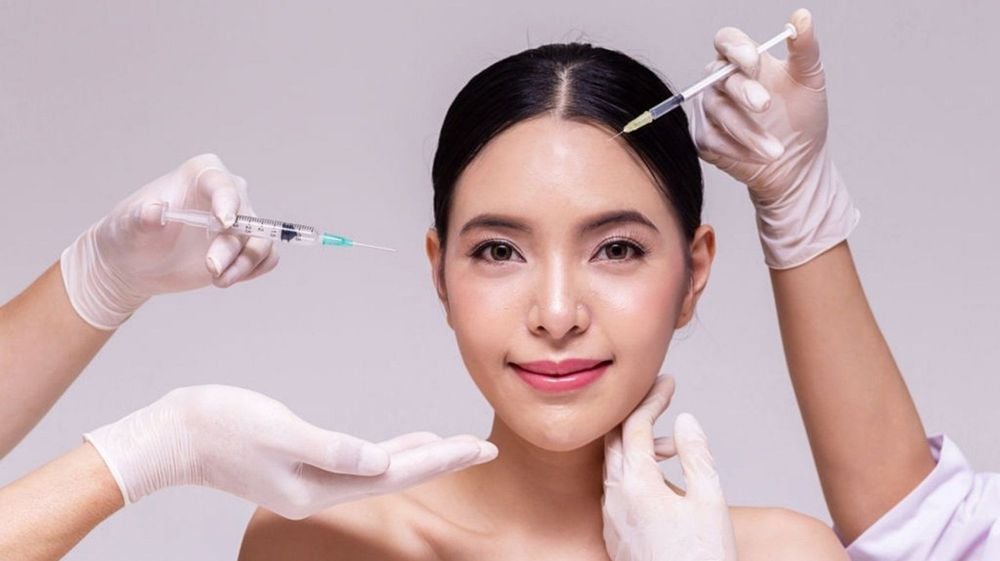
Botox có thể là một phương án giúp da bạn săn chắc da hơn
3. Action of skin tightening therapies
The number of studies on non-invasive skin tightening treatments is limited, however researchers have shown that skin tightening treatments are remarkably effective. Although the results are not as dramatic as microdermabrasion, laser therapy, or surgery, these studies indicate that people have a feeling of tighter skin. However, the same survey concluded that the majority of studies had serious problems that could skew the results.
An older study published in 2011 concluded that radiofrequency is an effective way to reduce facial wrinkles. This study was significantly limited by its sample size of only 6 participants, but the results were promising.
Another study in 2011 was also limited in size, which weakens the conclusion. A 2017 study of 25 participants concluded that radiofrequency-based skin tightening methods were effective after 5 to 8 treatments. The participants in this study had a very high satisfaction rate with the results they achieved.
3.1 Skin tightening therapy side effects The side effects of these treatments are mild to moderate. Side effects may include mild: swelling; bruises; red; tingling; pain... In rare cases, the skin may burn.
3.2 Surgical alternatives for skin tightening Possible alternatives to non-surgical skin tightening are seen as much more invasive procedures. The results of the skin tightening process can be effective, but the recovery time is quite long. Surgical alternatives may also present users with different risks. Non-surgical skin tightening methods require no downtime, but surgery requires significant recovery time. Non-surgical methods also do not carry the risk of infection, on the contrary, infection and complications can occur after surgery.
Non-surgical skin tightening procedures are seen as a low-risk alternative to surgery. Research on how effective these methods are is limited, and these procedures can be expensive. You need to consult and get careful advice from medical experts to choose the right method to bring the best skin care effect.
Please dial HOTLINE for more information or register for an appointment HERE. Download MyVinmec app to make appointments faster and to manage your bookings easily.




